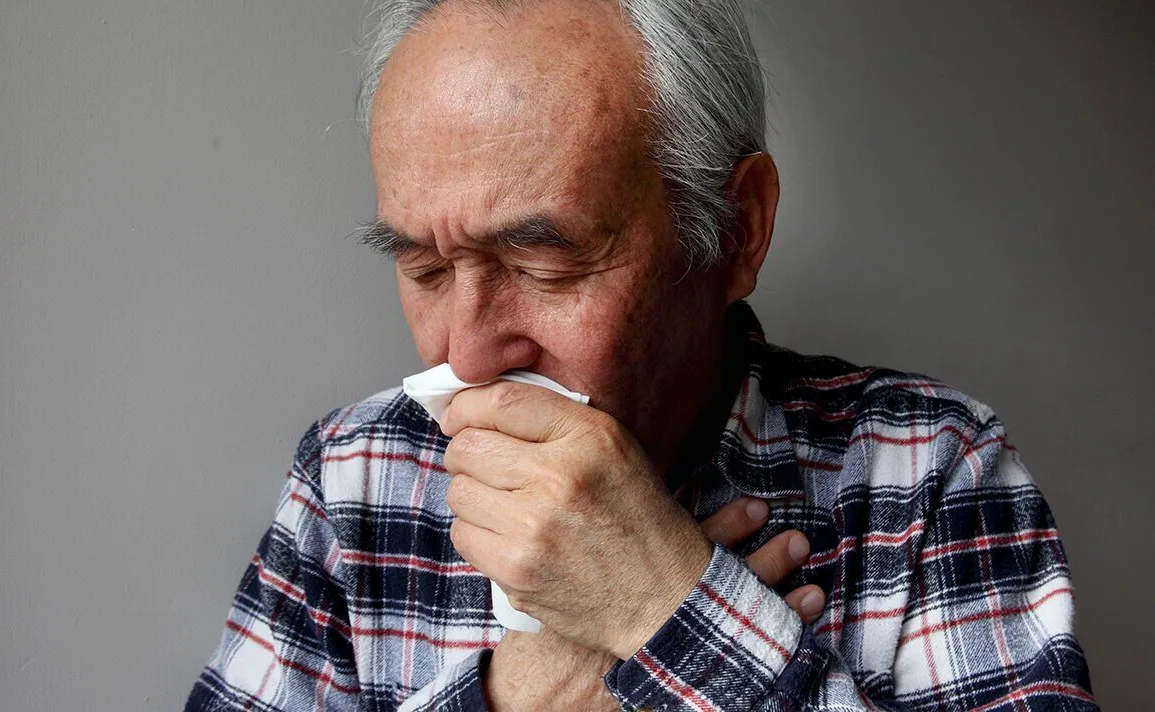
Mould is a type of fungus that thrives in dark and damp environments and is therefore more commonly found in homes in the UK during the winter months.
It is most typically linked to condensation in the home but can also be the result of leaky windows, pipes and roof tiles as well as rising damp.
If left untreated, mould can cause serious health problems, as well as structural damage to your home.
There are many different types of mould, and they are usually categorised by colour.
Black mould is fairly common in the UK and is not always harmful to humans.
However, one specific type of black mould – known as stachybotrys chartarum – should be cause for concern due to the toxins it can release in the air.
Speaking to Express.co.uk, experts from Toolstation explained that: “Stachybotrys chartarum, a type of black mould, is known to be one of the world’s top 10 most hazardous fungi and is known to cause health problems.
“This type of mould requires very wet or high humid conditions to grow.
“The rate of growth depends on the level of humidity in the air, so it may develop within a matter of days or may take weeks to grow. If you notice black mould growing you should act quickly.
“Although not all black mould is stachybotrys chartarum, stachybotrys chartarum is the most common type of black mould and is often found inside indoor environments.
“If you are unsure about cleaning it yourself, it is best to check with an expert for a diagnosis first.”
How dangerous is exposure from mould?
Doctor Neel Patel from Lloyds Pharmacy Online Doctor, discussed the health risks associated with mould.
He said: “Mould can affect the immune system, making you more susceptible to illnesses like colds, flu and chest infections.
“If you’re living or working somewhere with mould, you’re more likely to experience respiratory problems or infections, allergies, and asthma.
“Babies and children, as well as older people, are more sensitive to mould.
“If you have a weakened immune system, for example, if you are undergoing chemotherapy, it is particularly important that you stay away from mould.”
How to clean mould
Removing the mould can be dangerous in itself, however, there are protective measures you can take while cleaning.
Sarah Dempsey, professional cleaning expert from My Job Quote, shared her steps for effectively cleaning mould:
- Protect yourself by wearing gloves, a face mask, and goggles
- Open your windows but keep all the internal doors closed
- Discard mouldy items
- Carefully wipe mould away using water and a mild detergent
- Call a professional if you have tried to clean mould, but it keeps reappearing.
She added: “If you have tried to clean mould, but it keeps reappearing, it is best to call a professional to come and deal with the mould issue.
“Professionals will be able to identify the type of mould issue that you have and deal with it appropriately.”



